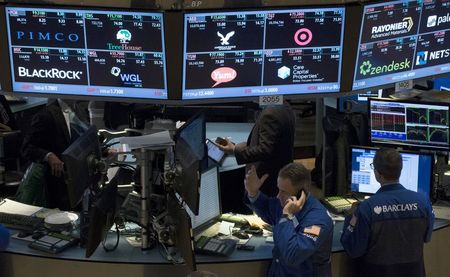In managerial accounting, classifying costs into different categories is crucial in analyzing and controlling costs. However, there are various categories within those classes. One such classification is differentiating between direct and indirect costs. While they may sound straightforward, the classification may be complex due to how managerial accounting separates them.
It is easier to understand both costs by defining one of them since the other is the opposite. Once users can identify one type, the remaining items go to the other category. Therefore, it is crucial to define direct costs and what they include. These costs may have more classes and types.
What are Direct Costs?
As the name suggests, direct costs include expenses directly attributable to the production process. They consist of items that go into the product or service. Similarly, direct costs are traceable to a product or service unit. Unlike indirect costs, these do not require calculations to allocate and attribute expense to a specific product. Thus, these costs get the “direct” term.
Most direct costs are variable and change as the number of units in production fluctuates. The primary feature of these costs is that they are directly attributable to a specific cost unit. Usually, cost units include a product, service, department, or area. Direct costs are also a part of other calculations, for example, prime costs. These costs are crucial to calculating contributions and margins as well.
What are the types of Direct Costs?
Direct costs fall into different categories. All of them are directly attributable to a cost unit. However, the difference comes from the underlying item used. Based on that, direct costs fall into the following three categories.
Direct Material
Direct material includes raw materials and supplies consumed in producing a product or service. These may differ based on the underlying item. For example, the material for a chair may include the wood that goes into it. On the other hand, it may consist of paper and a cover for a book. Direct materials are an essential part of the finished product.
Direct Labor
Direct labor is another essential component of the finished product. It includes any labor hours put by employees into producing a service or product. For example, it consists of any work done by employees in assembling materials to manufacture a chair. It does not include services provided by employees for administration or other purposes since they are not directly attributable to the product.
Direct Expenses
Direct expenses include costs that do not go to the above two categories. These costs are still directly attributable to a product or service. However, they do not meet the requirements to classify as material or labor. For example, direct expenses may include the following.
- Patent or royalty payments
- Sales commissions
- Manufacturing supplies
Conclusion
Direct costs are expenses that are directly attributable to a product or service. These differ from indirect costs, which do not relate to a specific cost unit. Usually, companies further classify these costs into different types. These may include direct materials, direct labor, and direct expenses. Direct costs are crucial in further calculations to determine the profitability of a product or service unit.
Further questions
What's your question? Ask it in the discussion forum
Have an answer to the questions below? Post it here or in the forum




